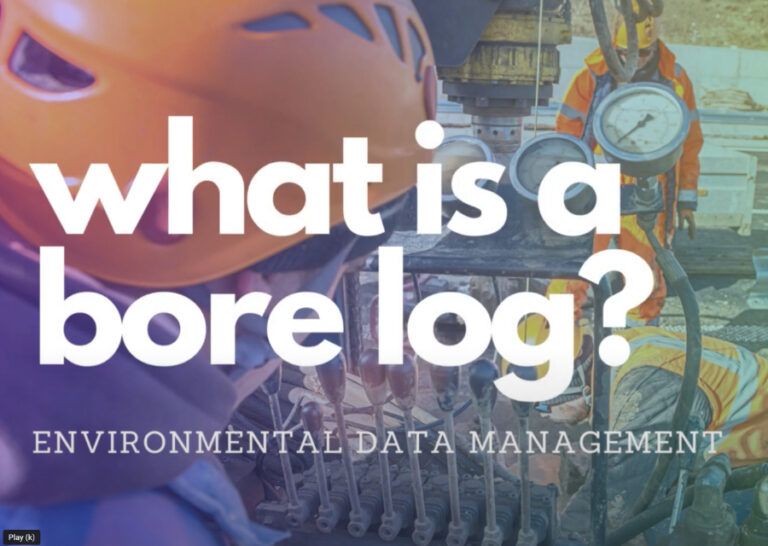To monitor the impact of environmental remediation projects on wildlife and ecosystems, several key methods can be employed:
1. Environmental Surveys: Professional biologists conduct wildlife and vegetation surveys to inventory valuable species in the area. These surveys help develop mitigation measures and wildlife protection plans to safeguard rare plants and animals[1].
2. Baseline Data Collection: Establishing baseline conditions of the existing environment by collecting data on the diversity, abundance, distribution, and status of wildlife species and communities in the project area and surrounding region through field surveys, literature reviews, and remote sensing[2].
3. Impact Prediction: Predicting potential impacts of the project on local wildlife during the construction, operation, and decommissioning phases using tools like matrices, networks, overlays, checklists, and expert systems. Consider direct and indirect impacts, cumulative effects, and uncertainties in predictions[2].
4. Mitigation Measures: Proposing mitigation measures to reduce or eliminate negative impacts on wildlife. Strategies like avoidance, minimization, restoration, compensation, offsetting, and enhancement can be designed to mitigate adverse effects on ecosystems[2][4].
5. Environmental Monitoring: Large-scale remediation projects employ environmental monitors to ensure adequate biodiversity protection during and after remediation activities. These monitors observe wildlife activities in the area to assess the impact of remediation efforts[1].
By following these monitoring methods, environmental remediation projects can effectively track their impact on wildlife and ecosystems, implement necessary mitigation measures, and ensure the protection and conservation of local biodiversity throughout the remediation process.
How can ESdat environmental data management software be utilized to monitor the effects of environmental remediation projects on wildlife and ecosystems?
ESdat pioneers a user-friendly, cloud-based data management system tailored to meet the remediation industry’s requirements. By consolidating all project data into a secure location, contractors can efficiently streamline their workflows and promote seamless stakeholder collaboration. ESdat Online subscriptions offer an affordable and hassle-free solution for projects, facilitating instant access to real-time data sharing.
At the forefront of technological advancement, ESdat empowers environmental professionals to tackle data management challenges and ensure regulatory compliance confidently. With a demonstrated track record of success and a dedication to excellence, ESdat is driving positive transformation within the remediation sector, paving the way for a sustainable future for generations to come.

Citations:
[1] https://www.src.sk.ca/blog/creating-sustainable-habitat-protecting-biodiversity-remediation-project
[2] https://www.linkedin.com/advice/1/how-can-you-assess-impact-project-local-agenc
[3] https://www.osti.gov/biblio/1799598
[4] https://www.ncbi.nlm.nih.gov/pmc/articles/PMC4026064/
[5] https://www.ncbi.nlm.nih.gov/pmc/articles/PMC8715514/
Related articles on the impact of environmental remediation projects
What is Environmental Remediation?
What are the environmental impacts of environmental remediation?
Environmental Data Management for Large-scale Contaminated Soil Investigations






